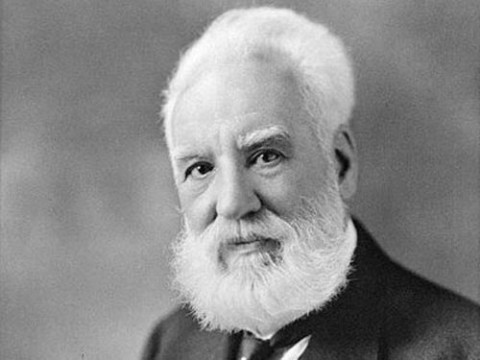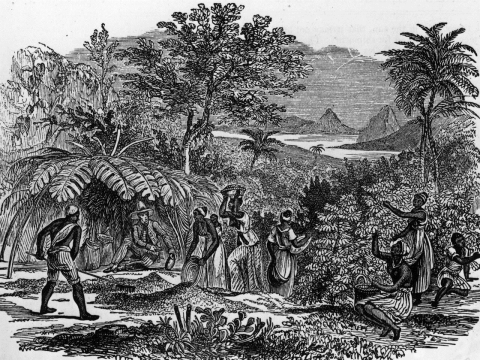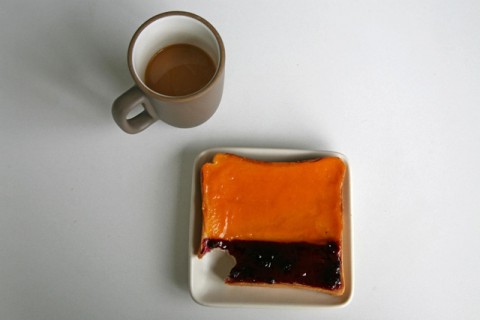There are certain legends surrounding Brian Wilson, the troubled genius behind the Beach Boys. One is that he hates going to the beach. He never went surfing, even though he wrote classic songs like “Surfer Girl,” “Surfin’ Safari,” and “Surfin’ USA.” Another is that he basically stayed in bed for two or three years in the early 1970s, weighted down by drugs and depression.
In this classic comedy sketch from the summer of 1976, John Belushi and Dan Aykroyd play a pair of California Highway Patrol officers who burst into the bedroom of Wilson’s Bel Air home and force the reclusive musician to get up and go surfing. “Brian,” says Aykroyd, “we have a citation here for you sir under Section 936A of the California Catch a Wave Statute. Brian, you’re in violation of Paragraph 12: failing to surf, neglecting to use a state beach for surfing purposes, and otherwise avoiding surfboards, surfing and surf.”
The scene is from the NBC television special It’s OK, which was produced by Saturday Night Live creator Lorne Michaels during the break between SNL’s first and second seasons. It was directed by the show’s resident flmmaker Gary Weis. The one-hour special was organized to celebrate the Beach Boys’ 15th anniversary and to promote their album, 15 Big Ones. Wilson had just rejoined the group, and the special was part of the “Brian’s Back” publicity campaign. The program, which is currently available on European-formatted DVD as The Beach Boys: Good Vibrations Tour, includes an interview of Wilson in bed, comedic scenes of band members doing offbeat things, and live footage from a July 3, 1976 Beach Boys concert at Anaheim Stadium. In the two intercut scenes above, Mike Love leads the Beach Boys onstage in a performance of “Surfin’ USA” as Wilson is forced into the ocean in his bath robe. “Okay, Mr. Wilson,” says Aykroyd. “Here’s your wave.”
Related Content:
The Making of The Beach Boys’ Pet Sounds: A Video Breakdown
Leonard Bernstein Demystifies the Rock Revolution for Curious (if Square) Grown-Ups in 1967
John Belushi’s Improvised Screen Test for Saturday Night Live (1975)
The Making of The Blues Brothers: When Belushi and Aykroyd Went on a Mission for Comedy & Music





